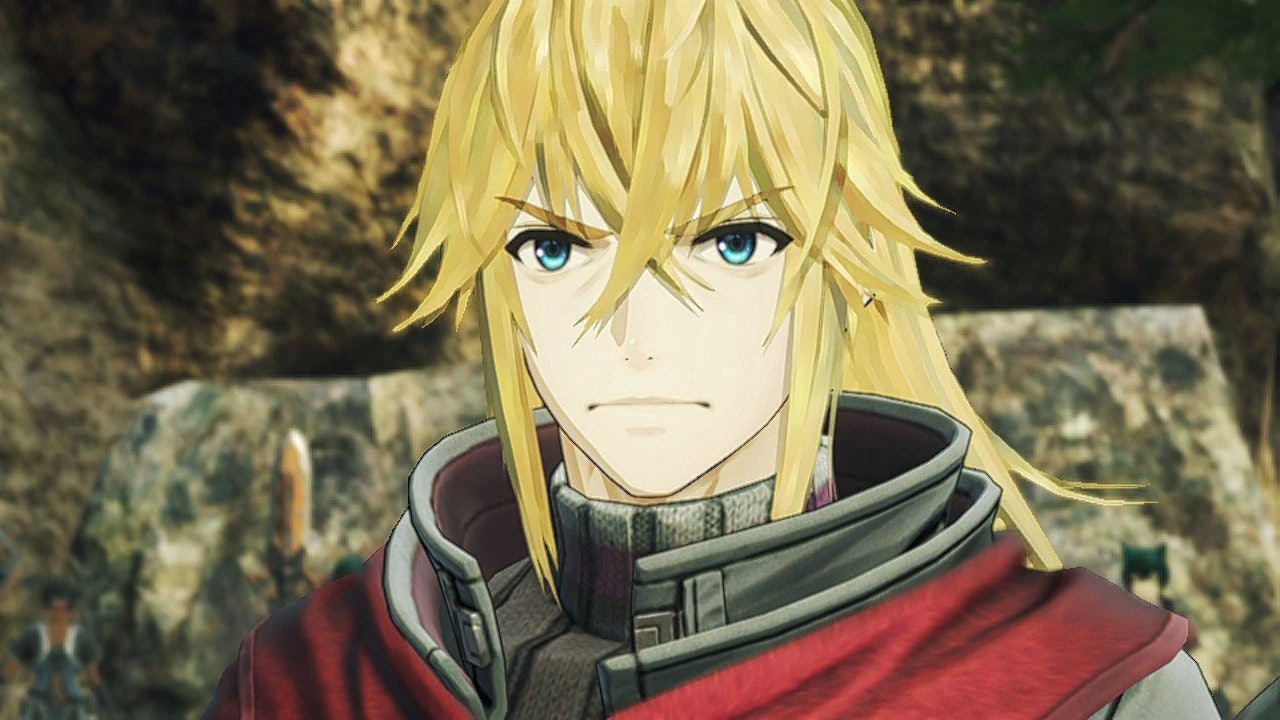
When Xenoblade Chronicles was released in 2010, it was a massive surprise, featuring one of the richest and most detailed worlds ever seen in RPGs. Its ambition reached far beyond the trappings of the Nintendo Wii, and 13 years later Nintendo and Monolith Soft have brought the franchise full circle. Xenoblade Chronicles 3’s Future Redeemed expansion ties more than a decade’s worth of storytelling together with remarkable precision, but it also integrally refines and enhances almost all of the gameplay systems of the main game as well. It’s a staggering narrative achievement that sets a high new bar for other RPGs to compete with.
Consider this a spoiler warning for Xenoblade Chronicles 3 and the Future Redeemed DLC.
Future Redeemed is technically a prequel to XC3, detailing the events decades before that kick off the story of the main game. Beyond that initial setup, however, the expansion is packed to the brim with narrative arcs from previous games, returning characters, and some truly staggering revelations for longtime fans. You can jump in having only played XC3, but if you’ve stuck with the series for all these years it’s going to be a much richer experience.
Players assume the role of Matthew, a young man from the City, the bastion of civilization that’s freed itself from the eternal cycle of conflict and rebirth set up by the villainous group Mobius. Matthew is actually the grandson of Noah and Mio from the main game, and as Future Redeemed starts he’s on the run after the destruction of the City and searching for his lost sister Na’El.

Without recapping every beat on the expansion’s story, Matthew is eventually joined by Shulk and Rex, the returning protagonists of the first two games, as well as Shulk’s son Nikol and Rex’s daughter Glimmer.
Future Redeemed clocks in at roughly 15 hours, significantly shorter than the main game, but it still packs in a ton of characterization in that time. There are some truly phenomenal moments that call back to past games like Rex explaining to Glimmer that his sole goal is to help people smile, or Shulk reminiscing on the lasting legacy of the Gem man from Colony 9.
Matthew himself is also a great addition, a brash hothead that somehow lacks common sense but is wise all at the same time. Matthew is a natural-born leader but he jumps without thinking, which makes him play well off of the older and wiser Shulk and Rex.
Monolith has impeccably weaved a story that, somehow, provides closure for all three games and all three protagonists, on top of telling a compelling narrative for its new characters. The key here is that Monolith has, wisely, realized it doesn’t need to spell everything out. Instead, the studio lays out a breadcrumb trail of narrative details that let players extrapolate the happy endings for each character.

At the end of XC3 Noah and the group successfully separate the two planets to their former state, but this also means they’re separated. The end of Future Redeemed suggests the two planets reconverge into something brand new, potentially providing a happy future for not just Noah and Mio, but Shulk, Rex, and everyone else whose essence has been recorded in the Origin system. The ambiguity of the story is what really works, with just enough info to guide your mind to conclusions.
Perhaps even more surprising, however, are the implications of how the series is connected to the previous works of its writer and director, Tetsuya Takahashi. At one point, Matthew and the party go into a simulated version of Earth before all of the events of the series happen, before the scientist Klaus ran an experiment and split the world into Bionis and Alrest.
Throughout this segment, we hear a radio broadcast talking about current events, which details the Earthlife Colonization Project. In Xenoblade X, this is the program that kicks off all the events of the game, as the ship New Los Angeles flees Earth after its destruction. The radio broadcast in Future Redeemed also mentions the name Dmitri Yuriev, who’s one of the main villains of the Xenosaga trilogy on PS2.
It’s remarkable to see everything not just connected but seemingly well thought-out and planned. Each Xenoblade game tells an incredible story on its own, but once you combine everything it weaves a rich tapestry that’s unlike anything else you can find in gaming.

While we’re focusing on the story, it is important to touch on the strides Future Redeemed makes for a more satisfying gameplay loop. The core of its changes comes with the Affinity system, a new type of experience built around rewarding you for literally everything. Affinity is gained by taking down monsters, meeting NPCs, discovering new locations, and much more. It’s a brilliant system that makes Future Redeemed feel like it's constantly rewarding you, not just because you’re discovering new pieces of story or equipment, but building your characters on top of all that.
At this point, you could honestly make the case for Monolith being Nintendo’s most important developer. Since 2017 the studio has released two Xenoblade games, two expansions, and helped with the development of Splatoon 3, Breath of the Wild, and Tears of the Kingdom. It’s staggering that the studio has managed to do all that and put out an RPG series that has vast interconnected storytelling that simply works.
Xenoblade Chronicles is one of the most intricate and compelling sagas in video games right now, and while the story as we know it is “over,” the future has never looked brighter for the series.







